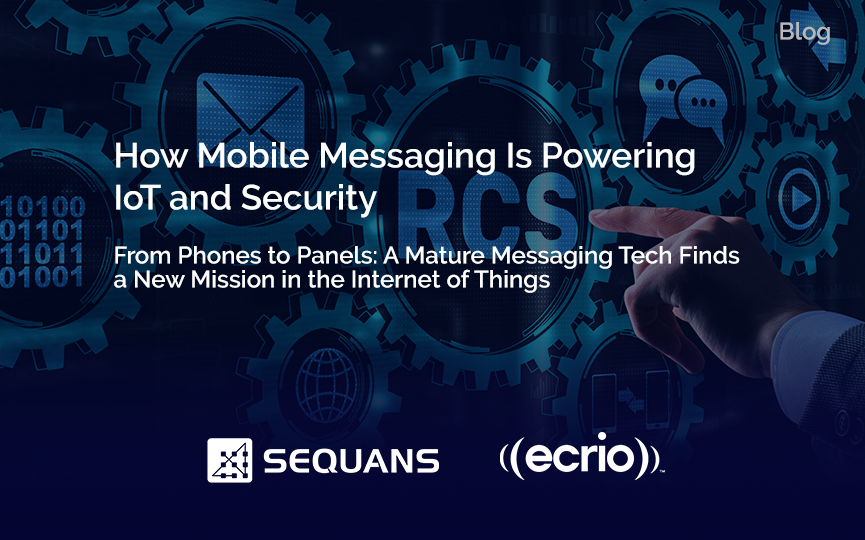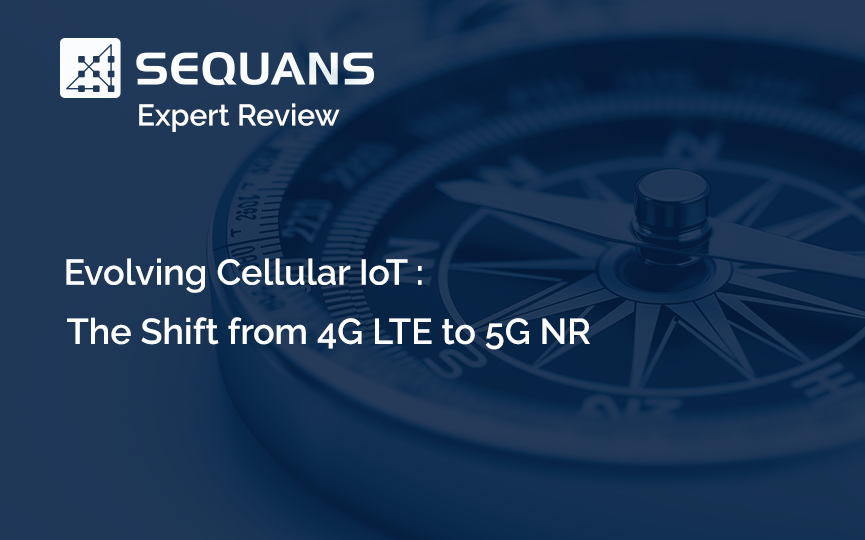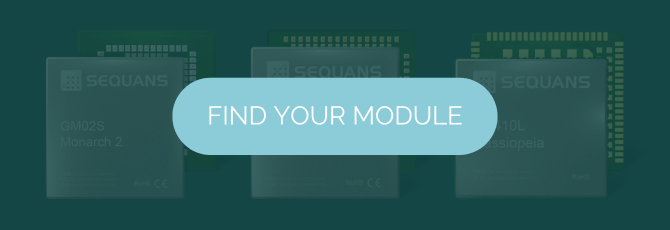Only Cellular Connectivity Will Do
Massive IoT describes the hundreds of billions of things that are connected to the internet and collecting and transmitting small amounts of data from sensors. Processing the data from these connected things with AI and machine learning platforms allows us to improve lives with more efficient and valuable new services. Many wireless technologies can be used for IoT connectivity, but only 4G/5G cellular technology can connect IoT objects with an ultra-reliable, fully secured connection, anywhere in the world.
Three 4G/5G categories are used for massive IoT applications: Cat 1, LTE-M and NB-IoT. Deciding which one to use for a given use case depends on the speed requirement, the power-consumption importance, and the cost sensitivity of a particular IoT device. Network coverage is often another important factor in the connectivity selection process.
Low power, wide-area cellular network technologies Cat 1, LTE-M and NB-IoT are ideal for supporting massive IoT applications, including sensors, monitors, trackers, alarms, smart meters, ehealth devices, and industrial equipment. These technologies have evolved since the introduction of 4G more than a decade ago and will continue to evolve as the industry moves from 4G to 5G, first with the evolution of the 5G core network, and then with the wider adoption of 5G New Radio and the RedCap and eRedCap standards. Sequans is investing in the future today to support the evolution from 4G to 5G and then on to 6G.
Watch this video to see how we are doing it:




